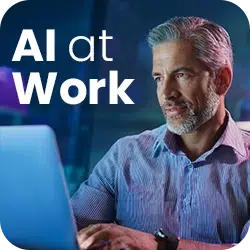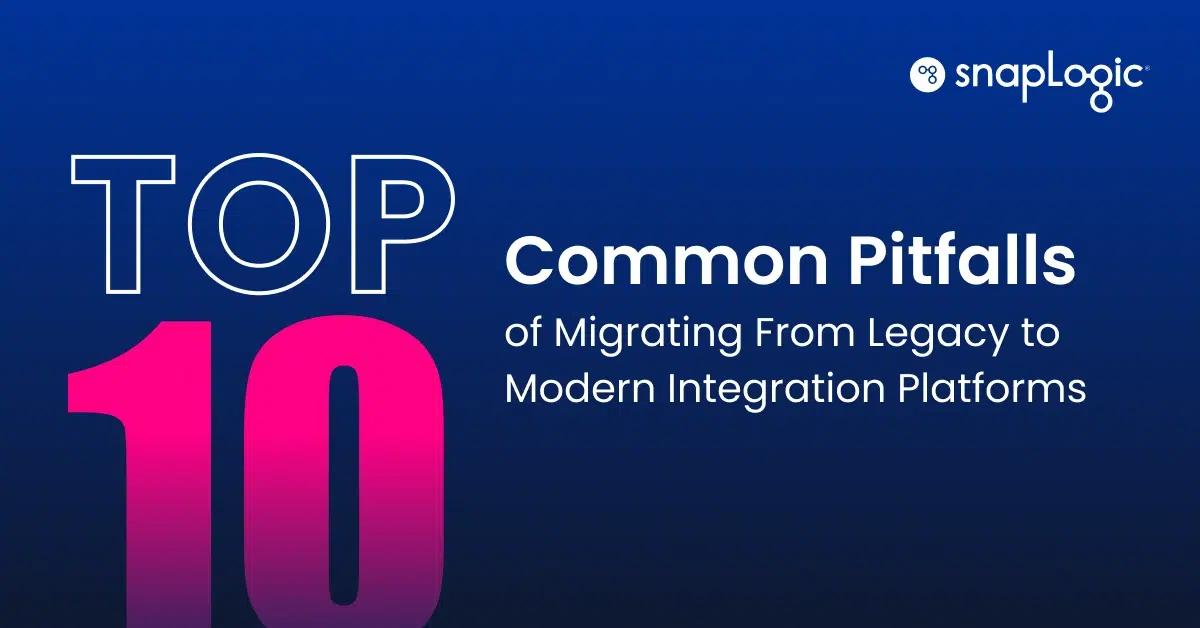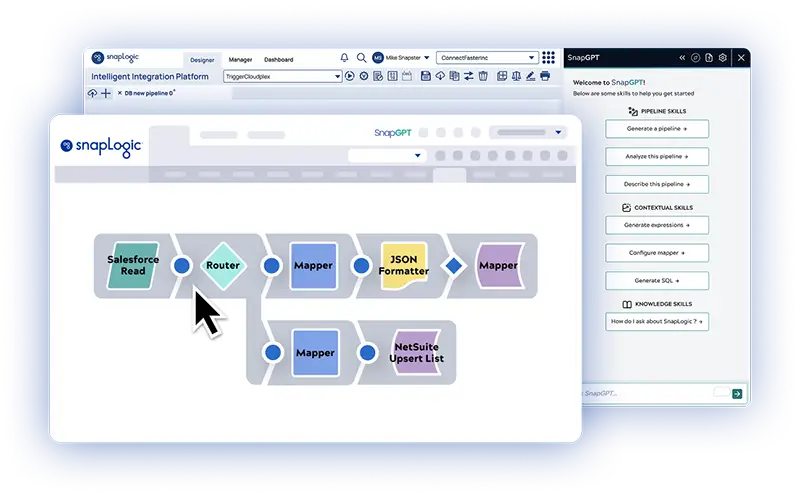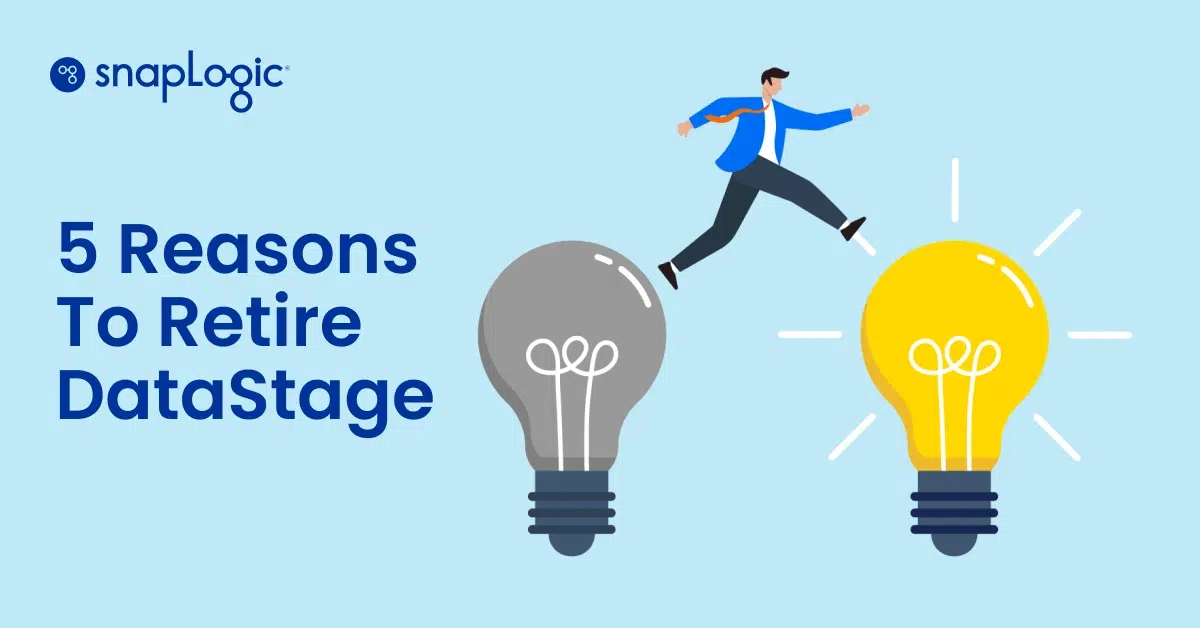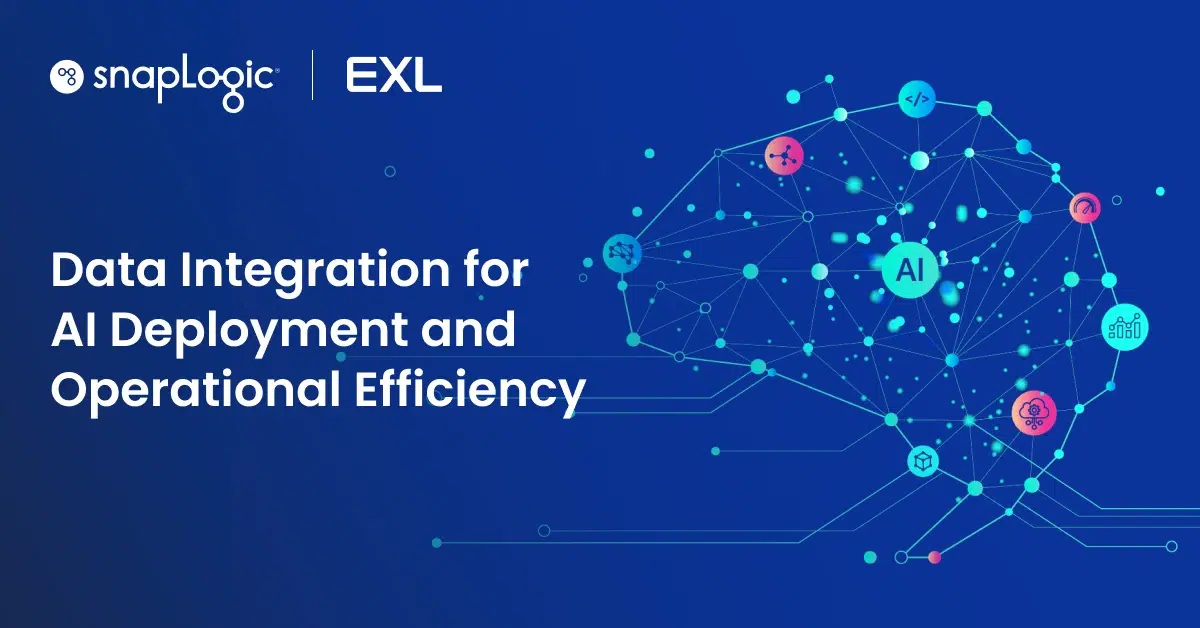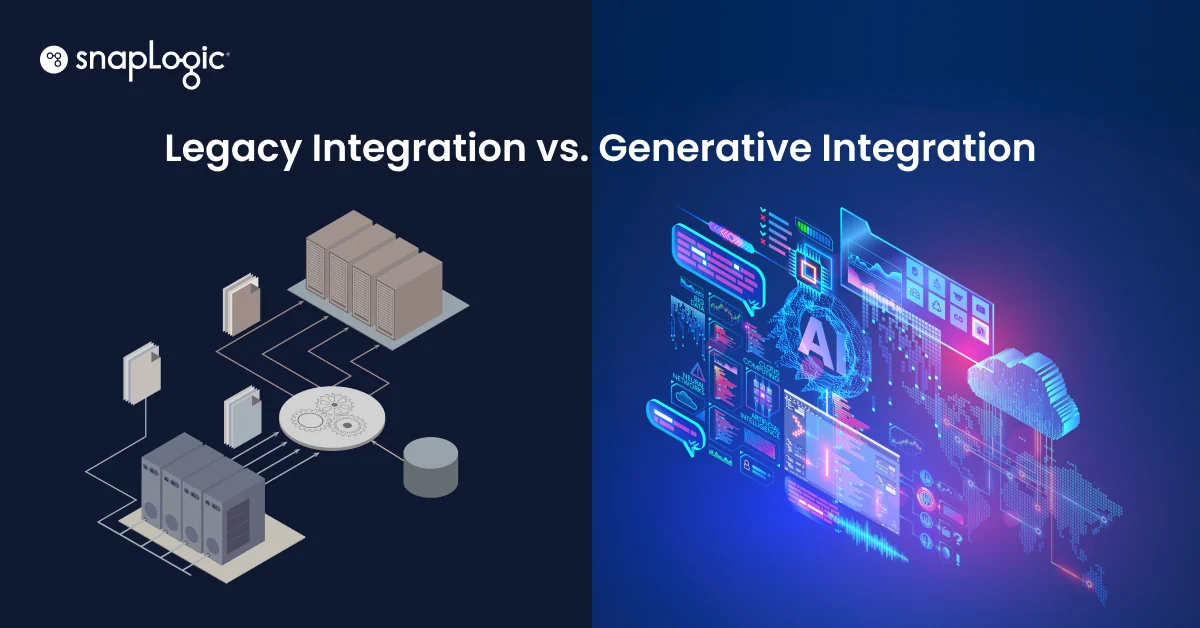Migrating legacy systems is often underestimated, but it’s a complex process fraught with potential pitfalls. From dealing with decades-old code and insufficient documentation to managing scope creep and ensuring thorough validation, modernization efforts require meticulous planning, the right resources, and a clear understanding of the challenges involved.
In this blog, I’ll offer some insight into why it’s become crucial for companies to modernize legacy systems and the 10 common mistakes IT teams make during modernization projects. Get the knowledge you need to avoid these pitfalls and ensure a smoother transition to modern, effective platforms.
Why enterprises are modernizing
Modernizing legacy systems is no longer just a choice for enterprises—it’s a necessity for staying competitive. Older platforms often limit the organization’s ability to innovate, scale, and meet evolving business needs. Whether it’s to support data-driven decision-making, accelerate development cycles, or enhance user experience, modernization drives critical business outcomes.
Furthermore, today’s customer and employee expectations are continuously evolving. Customers demand seamless digital experiences, real-time information, and easy interaction with services across devices. Employees, on the other hand, expect modern tools that enhance productivity and collaboration. Enterprises that cling to outdated systems risk falling behind, as they are often unable to integrate modern technologies like AI, cloud services, and advanced analytics effectively. This can hinder both customer satisfaction and employee engagement.
The financial benefits of modernization
Beyond the technical and experience-driven imperatives, modernization offers significant financial rewards. Modernizing can reduce operational costs associated with maintaining legacy infrastructure, such as outdated hardware and costly licenses. Enterprises moving from on-premise to cloud environments often experience reductions in maintenance, energy, and staffing costs, while cloud scalability allows businesses to optimize their spending based on demand.
Automation and modernization of workflows also help enterprises speed up processes and reduce costly errors that result from outdated systems and inefficient manual processes. This sets the stage for modern enterprises to reinvest these savings into innovation, allowing them to build more adaptive and future-proof systems that fuel further growth and competitiveness.

Common pitfalls of legacy modernization
1. “It’s just a migration. It can’t be that hard!”
Modernization is complex. Many things can go wrong that may be entirely out of the migration team’s control. You are likely working with code that was developed 10 to 20+ years ago, and there is little expertise left that supports and understands the original logic, jobs, or code.
2. Unclear scope definition and/or scope creep
It’s most important to have a detailed and well-planned modernization scope definition. Be prepared for change along the journey. You may be working with old code and lacking expertise in the job flow and logic. Documentation is often non-existent. For example: “Migrating everything off the legacy ABC platform” is not a complete scope definition.
3. Poor project planning or management
Complex data engineering modernizations require sufficient planning upfront. Plan for change management — things will change. Plan to define standards and best practices, and plan to improve on those over time. Plan for replanning. Often, the lack of sufficient planning results in wasteful spending by not maximizing the development team throughout.
4. Lack of business case to support platform modernization
Missing sponsorship or buy-in from all business and IT stakeholders can lead to siloed modernization and delays.
5. Underestimating the overall modernization effort
Estimation is difficult and can be time-consuming for complex modernization projects. If needed, hire professionals to help plan and estimate, but no one knows your environment, dependency, timeline, and budget as well as you.
6. Insufficient and incomplete validation
Conducting validation only at the end and not validating all components (data, downstream applications, DevOps integration) are common validation mistakes. Create a complete validation inventory and conduct QA early and iteratively.
7. Inefficient migration process design
Migrating job by job is not efficient. Spending extensive time to fully automate the modernization is not effective. The key is finding the right balance based on existing systems and jobs. Automation tends to work on simple jobs, but it’s critical to ensure there is a balance and to take the opportunity to maximize the features of a modern tool stack. Put in place a process to socialize design improvements across the technical teams as the migration progresses.
8. Inadequate resources for design and implementation
The goal is to leverage the most cost-effective team while also ensuring you have proper technical leadership and experienced development leads. In-house legacy integration experts may not have the required skills. Vendor professional services may be backlogged. Large system integrators may not have the right expertise and experience. Balance in-house with outside help to get the job done well.
9. Not accounting for security and data protection
Legacy platform security controls and InfoSec requirements usually can’t be migrated. They must be redesigned to integrate with other services and operate in the cloud or SaaS environment.
10. Not planning for external functions and processes migration
Modernization is more than just migrating pipelines. The orchestration process, stored procedures and scripts, exception handling and monitoring, and the overall DevOps function must be considered.
How to get started on your modernization journey
Luckily, there are partners and solutions that can help. SnapLogic and EXL dive into the legacy modernization process in our joint webinar, “Hidden Risks: The Price of Postponing Your Legacy System Overhaul,” where we give essential tips and real-world examples for CIOs, IT Architects, and data leaders on how to accelerate your data migration projects and avoid costly delays.
